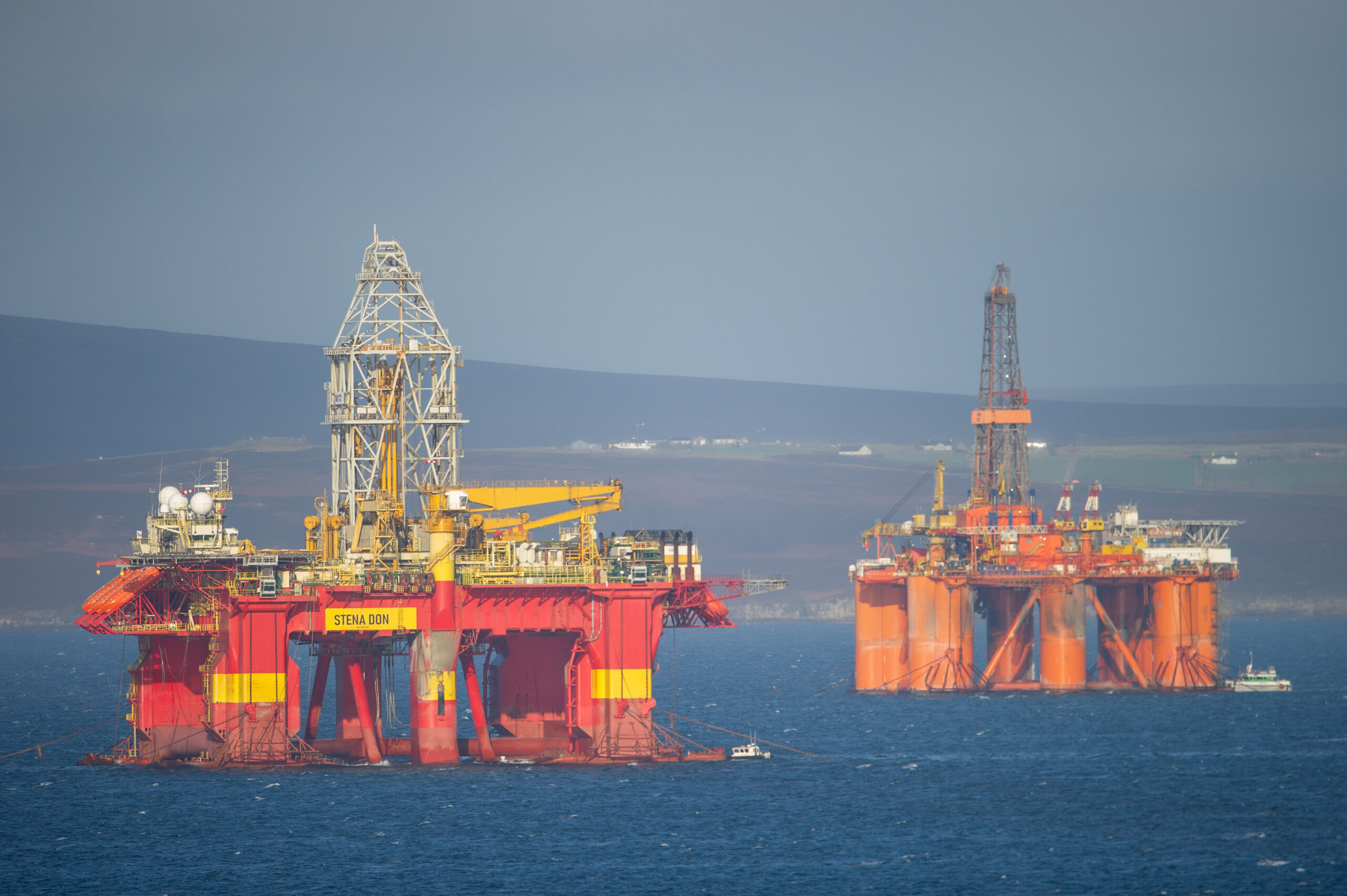On the first of April, the NPD finally announced the results of the last exploration well that was spudded in 2021; 25/2-23S targeting the Grefsenkollen prospect beneath the Øst Frigg abandoned gas field. The well failed to prove hydrocarbons in the Middle Jurassic Tarbert Formation reservoir.
With the completion of well 25/2-23S, we can now produce an overview of exploration success across NW European shelves in 2021 through looking at exploration wells that were spudded in that particular year.

Unsurprisingly, Norway tops the charts, with discovered resources sitting between 370 and 740 MMboe. But what is behind this headline?
The main reason for this result is simply the number of wells drilled across the Norwegian Continental Shelf in 2021. Out of the 27 exploration wells spudded, 14 recorded hydrocarbons even though some of those are probably uneconomic (Mugnetind and Lyderhorn for example). In contrast, the UK sector only saw six exploration wells spudded in 2021, half of which were dry. The Dutch sector only recorded one genuine exploration well when the appraisal campaigns by Kistos on Q10 and Q11 are excluded. See map below for more information.
Keen to learn more about discoveries made across the NCS? Please join us at the NCS Exploration – Recent Discoveries Conference in Oslo, 8-9 June. For more information and registration, see here.
Looking at the maximum volumes per discovery, Norway also comes out as the winner. Dvalin North, Blasto and King Prince all top 100 MMboe, while the UK maximum only sits at 22 MMboe (Jade South, based on a company pre-drill CPR). Even though volumes for the Turkoois discovery in the Dutch sector have not been disclosed, based on a simple comparison against volumes in the neighbouring N05-A discovery, well N04-03 may have proven up to 94 MMboe in gas.

Based on these numbers, would it be justified to draw the conclusion that there is more to be found in the Norwegian sector? Are there simply more and larger undrilled prospective structures on the NCS?
Given that the total number of exploration wells drilled across the NCS is about three times less than the UK (1300 versus 3800) and that the prospective area is much bigger in Norway, it seems logical to assume that the NCS is at a less mature stage of the overall creaming curve than the UK. In comparison, the Dutch sector also seems to be very densely drilled with almost 1000 exploration wells completed this far.
At the same time, when looking at the entire spectrum of 2021 well results, it must also be concluded that many wells are being drilled in Norway where it is known that volumes will be small even in the most optimistic case. In that sense, the same trend can be observed across all areas, with modest near-field volumes being targeted in all areas.
Also, there are some explanations for some of the larger finds reported on the NCS in 2021. For instance, the Blasto discovery is a clear example of using technology (4D seismic) to de-risk a near-field target. In turn, the King Prince discovery is partly the result of the fact that the previous licence holder never explored around Balder even though it was one of the earliest NCS finds.
Pushing (relatively) new exploration concepts is also something that can be observed across multiple countries. In Norway, the Cretaceous play in the Norwegian Sea is an example (Black Vulture, Egyptian Vulture) whilst the Turkoois discovery in Dutch waters is also a perfect example of chasing a previously ignored play.
So, although there is a case to be made for the NCS to be less mature than the UKCS and the Dutch sector, the audacity to test new plays and the use of new technology to de-risk prospects at least partly offsets the seemingly straightforward conclusion that most prospectivity resides in Norway.
Especially the UK could benefit from a more audacious exploration drilling effort, given the very near-field campaigns seen in 2021.
HENK KOMBRINK





